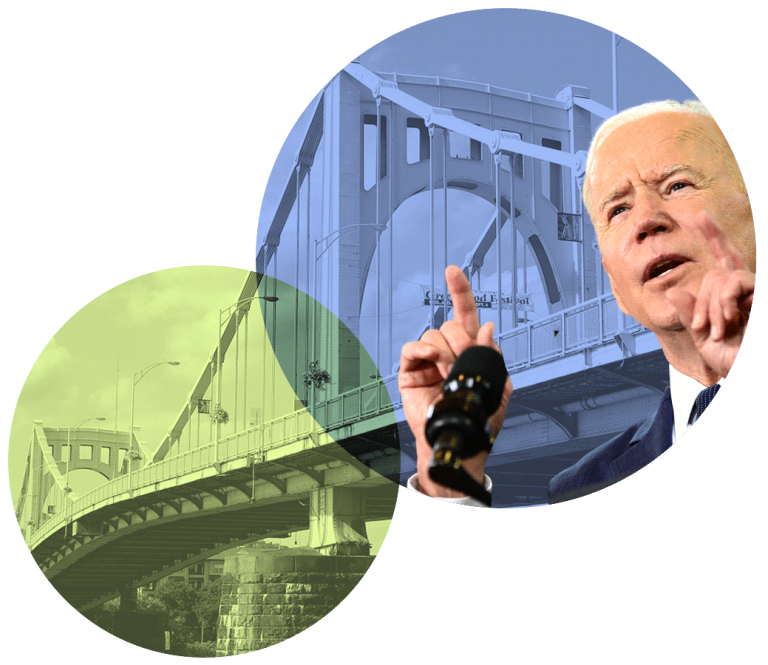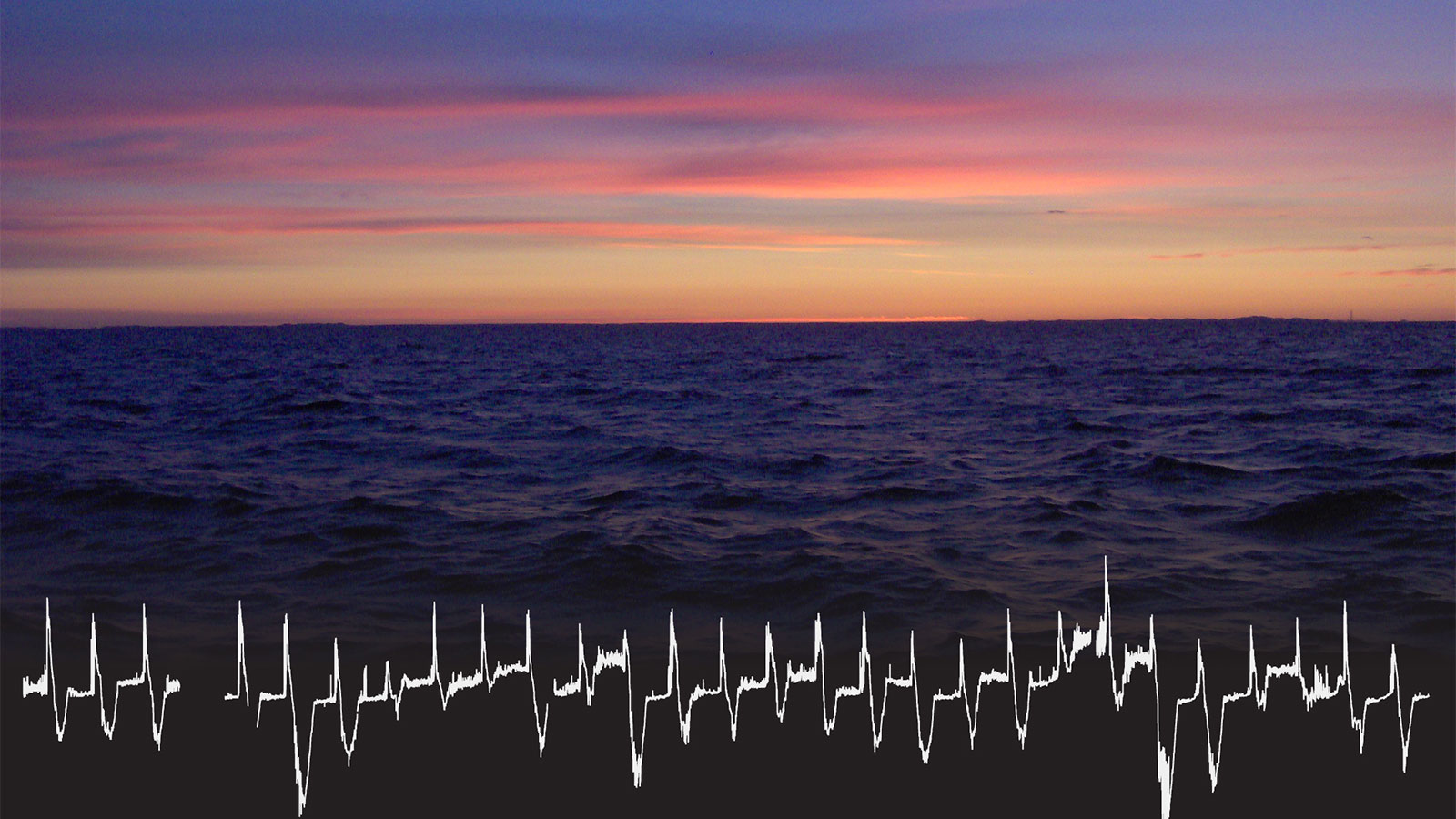It is no secret that winter in the Great Lakes region has been significantly impacted by climate change in recent decades. Ice cover across the Great Lakes has declined 22 percent over the past half-century. Popular ice fishing tournaments and festivals have been canceled. Ice skating, hockey, and curling have moved indoors. Fish aren’t reproducing like they used to. Now, new research finds that even the deepest parts of the Great Lakes are getting warmer, with significant impacts on the ecosystem, culture, and economy of the region.
The deep waters of Lake Michigan are warming an average 0.11 degrees F per decade, and winter in the lakes’ deep waters is getting shorter and less intense. The findings, published in the journal Nature Communications, are the conclusion of more than 30 years of hourly recordings of temperatures in water nearly 500 feet below the surface of Lake Michigan.
Twice a year, all of the water mixes in the Great Lakes as cold water sinks and warm water rises — a process essential for bringing oxygen and nutrients to the deep waters so that organisms and fish can survive. Due to the warming of deep water, within the century, Lake Michigan will shift from mixing twice a year to mixing just once, explained Eric Anderson, lead author of the study and a researcher at the National Oceanic and Atmospheric Administration Great Lakes Environmental Research Laboratory.
As deep waters warm and this seasonal circulation gets disrupted, Anderson and his colleagues warn it could reorganize food webs, increase non-native invasive species, and increase primary productivity that could potentially lead to more toxic algal blooms in the Great Lakes. This warming trend will not only have an environmental impact, but could also significantly affect the region’s fishing industry, as well as the Indigenous groups that rely on the Great Lakes.
The research is the first long-term study on deep waters of a large lake, explained Anderson. But, he said, “we can extrapolate to think about what this means for other large lakes around the world.”
An increase in primary productivity that would lead to more toxic algal blooms would be damaging for the Great Lakes, threatening ecosystems and contaminating drinking water. In 2014, microcystin toxins from an algal bloom in Lake Erie contaminated the drinking water for 450,000 Toledo, Ohio residents for three days. More than 30 million people rely on the Great Lakes for drinking water.
Changing temperatures are also a problem for popular fisheries, such as whitefish and yellow perch that rely on cold water and ice to protect their eggs from waves or wind. “We can already see declines in reproductive success in certain species that time up with the increases we see in water temperature,” Anderson said. Trout and salmon also require cold water, they need the high levels of dissolved oxygen to survive. Any changes to these species’ populations could have devastating impacts on the Great Lakes’ economy: According to a recent analysis, 1.3 million jobs in industries like tourism and fishing and $82 billion in wages are tied to the Great Lakes. In Michigan alone, fishing is a $7 billion dollar industry.
The environmental changes brought about from warming deep waters could also threaten important food sources for several native tribes in the region. The Grand Portage Band of Lake Superior Chippewa, for example, live on the shores of Lake Superior, and many members fish for subsistence, said Margaret Watkins, a water quality specialist at the reservation.
Anderson pointed to the popular narratives we have around what climate change looks like, such as the ice caps melting or higher air temperatures. The warming of the lakes, he said, are an important part of that. Even if we addressed climate change and air and water temperatures become cooler again, some changes will be permanent, he warned. “Once we get past that point, we’ve affected things on an ecological level that aren’t necessarily reversible.”




